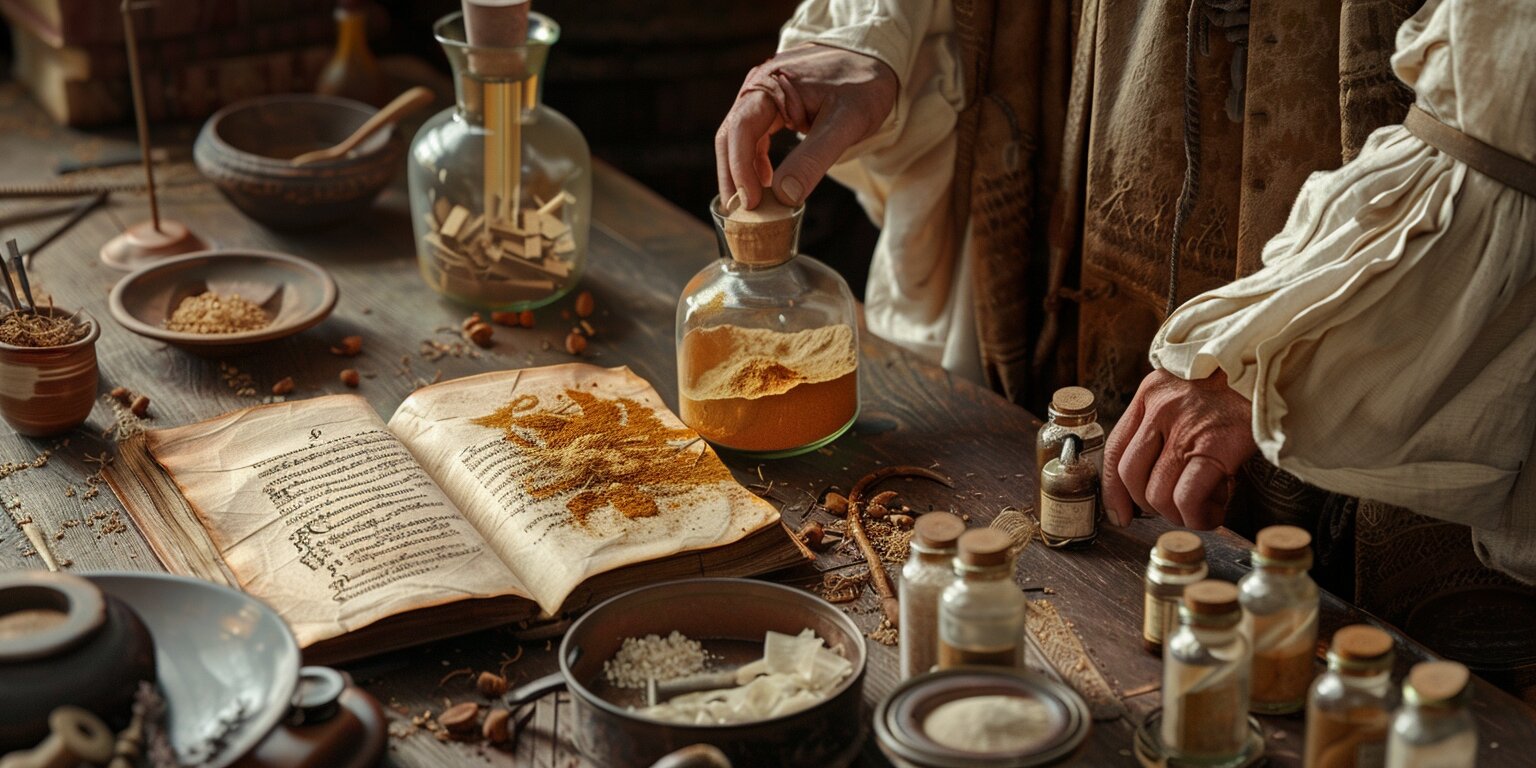
Medieval medicine was a mix of ancient wisdom, superstition, and trial-and-error. Did you know that many treatments were based on the theory of the four humors? This idea suggested that balancing bodily fluids—blood, phlegm, black bile, and yellow bile—was key to health. Surprisingly, some medieval practices laid the groundwork for modern medicine. For instance, hospitals began to emerge, offering care to the sick and poor. However, not all methods were effective or safe. Bloodletting, for example, was a common but risky procedure. Curious about how people in the Middle Ages dealt with illness and injury? Let's dive into 20 intriguing facts about medieval medicine!
Medieval Medicine: An Overview
Medieval medicine was a mix of ancient practices, superstition, and emerging knowledge. It was a time when doctors relied on a combination of herbal remedies, religious rituals, and early surgical techniques. Here are some fascinating facts about medieval medicine that will transport you back to a time of knights, castles, and mysterious cures.
Herbal Remedies Were Common
Herbs played a significant role in medieval medicine. People believed in the healing power of plants and used them to treat various ailments.
- Garlic was used to treat infections and wounds due to its antibacterial properties.
- Willow bark contained salicin, a precursor to modern aspirin, and was used to relieve pain and fever.
- Mint was often used to soothe digestive issues and freshen breath.
- Lavender was believed to calm nerves and help with sleep.
Superstition and Religion Influenced Treatments
Medicine in the Middle Ages was deeply intertwined with religious beliefs and superstitions. Many treatments were based on spiritual practices rather than scientific evidence.
- Prayers and charms were commonly used to ward off illness and evil spirits.
- Saints' relics were believed to have healing powers and were often used in treatments.
- Astrology played a role in diagnosing and treating illnesses, with doctors consulting the stars to determine the best time for procedures.
- Bloodletting was a common practice, based on the belief that it could balance the body's humors and cure diseases.
Early Surgical Techniques
Despite the lack of advanced technology, medieval surgeons developed some surprisingly effective techniques.
- Trepanation, the practice of drilling holes into the skull, was used to treat head injuries and mental illnesses.
- Cauterization involved burning wounds to stop bleeding and prevent infection.
- Amputation was performed to remove infected limbs, often without anesthesia.
- Suturing wounds with silk or catgut was a common practice to close cuts and incisions.
The Role of Barber-Surgeons
Barber-surgeons were the go-to practitioners for many medical needs. They combined the roles of barbers and surgeons, offering a range of services.
- Haircuts and shaves were part of their daily routine, but they also performed minor surgeries.
- Tooth extractions were a common service provided by barber-surgeons.
- Bloodletting was another procedure they frequently performed, using leeches or lancets.
Medical Knowledge from Ancient Texts
Medieval medicine was heavily influenced by ancient Greek and Roman texts. Scholars translated and studied these works to gain medical knowledge.
- Hippocrates' writings were considered authoritative and formed the basis of medical education.
- Galen's theories on anatomy and physiology were widely accepted and taught in medieval universities.
- Avicenna's "The Canon of Medicine" was a key medical text that combined ancient knowledge with Islamic medical practices.
The Black Death and Its Impact
The Black Death, a devastating plague that swept through Europe in the 14th century, had a profound impact on medieval medicine.
- Quarantine measures were implemented to try to control the spread of the disease.
- Plague doctors wore beaked masks filled with aromatic substances to protect themselves from the "miasma" or bad air believed to cause the plague.
Medieval Medicine's Lasting Impact
Medieval medicine, despite its many quirks and misconceptions, laid the groundwork for modern medical practices. Herbal remedies, bloodletting, and superstitions might seem outdated now, but they were crucial steps in the evolution of healthcare. The Black Death pushed advancements in public health and hygiene, while medieval hospitals began the tradition of organized care. Medical texts from this era influenced future generations of physicians.
Understanding these historical practices gives us a clearer picture of how far medicine has come. It also highlights the importance of continuous learning and adaptation in the medical field. While we might chuckle at some of the old methods, they remind us that today's cutting-edge treatments will one day be history too. So, next time you visit a doctor, remember the long journey of trial and error that got us here.
Was this page helpful?
Our commitment to delivering trustworthy and engaging content is at the heart of what we do. Each fact on our site is contributed by real users like you, bringing a wealth of diverse insights and information. To ensure the highest standards of accuracy and reliability, our dedicated editors meticulously review each submission. This process guarantees that the facts we share are not only fascinating but also credible. Trust in our commitment to quality and authenticity as you explore and learn with us.


